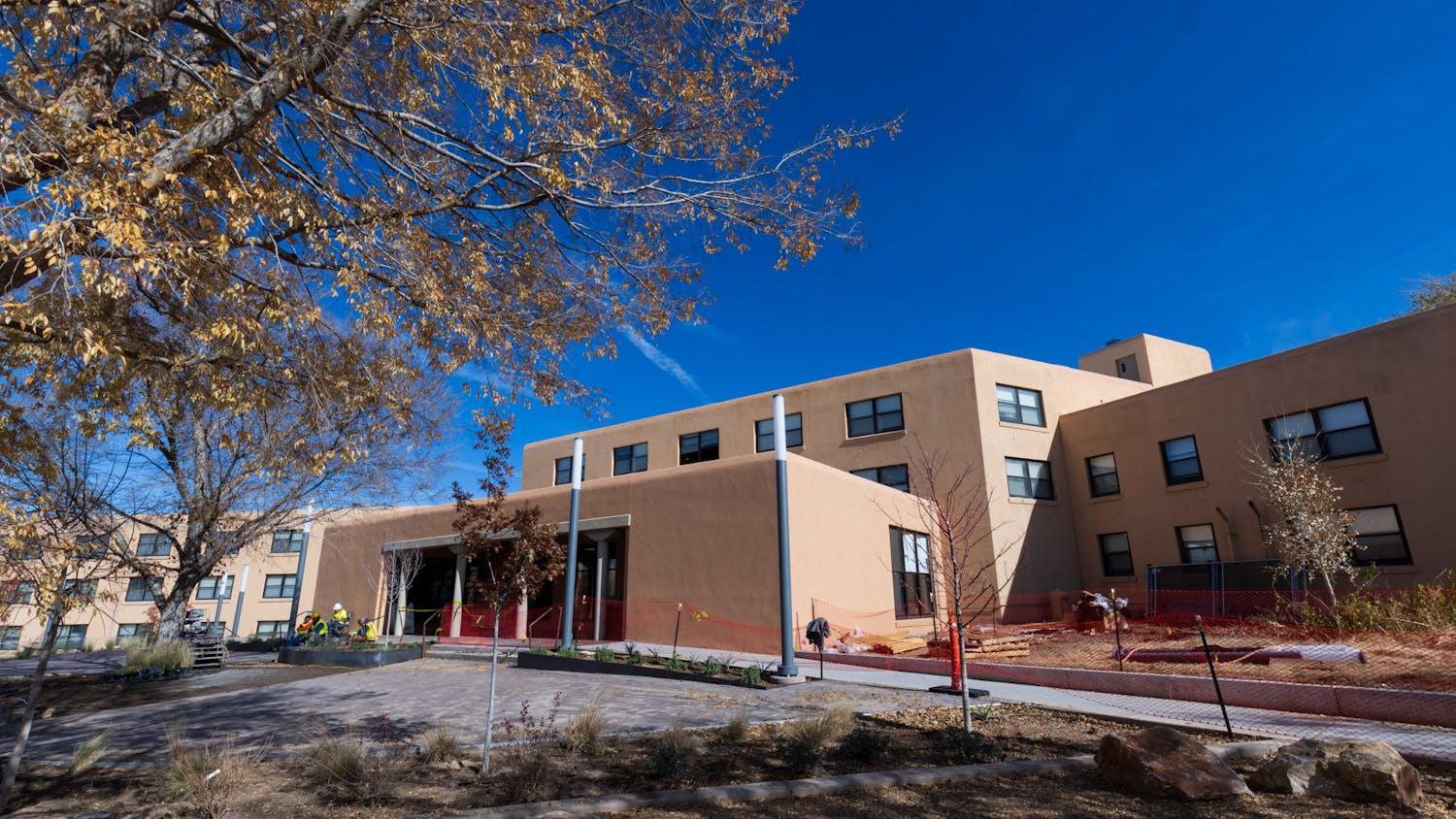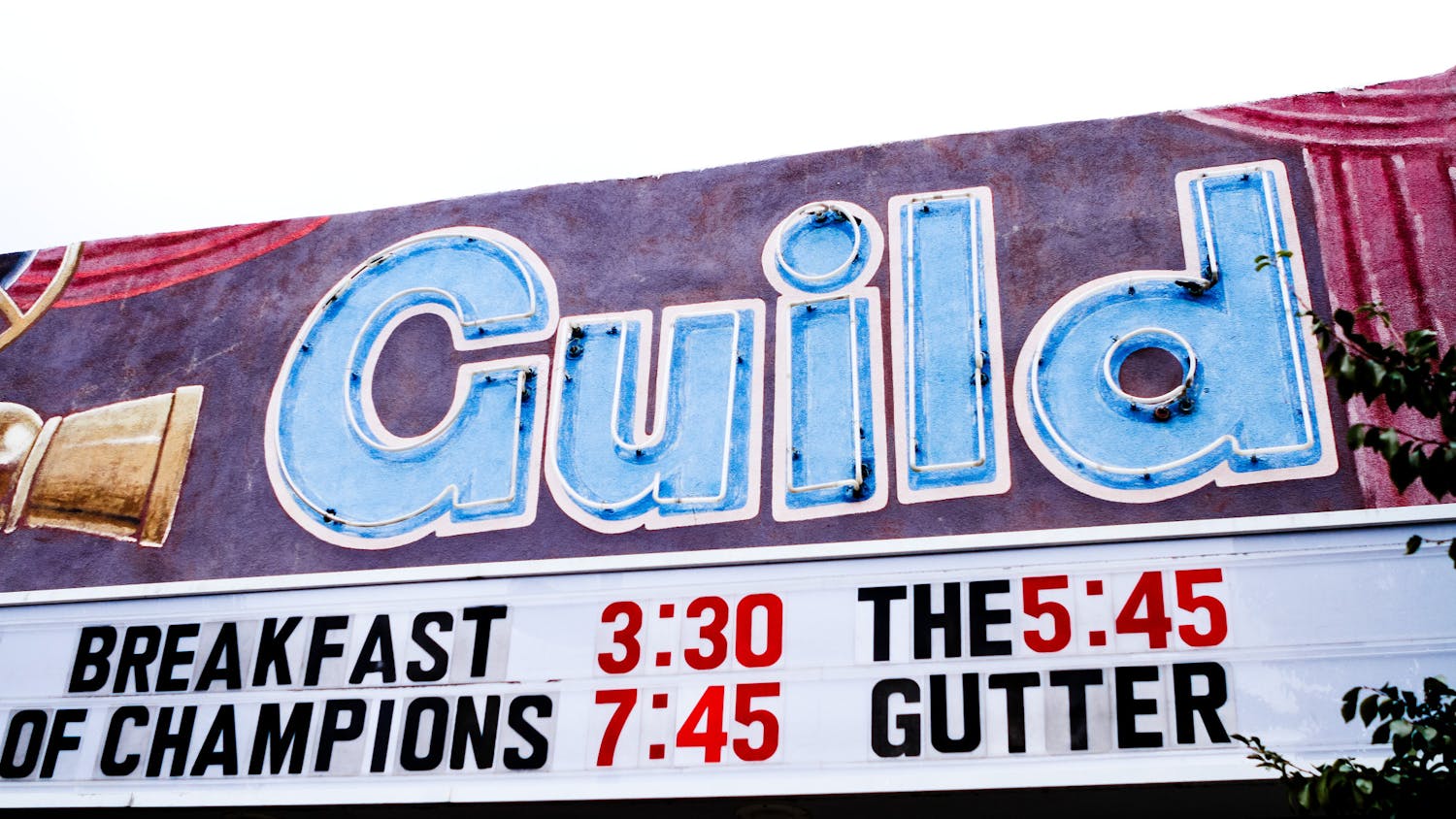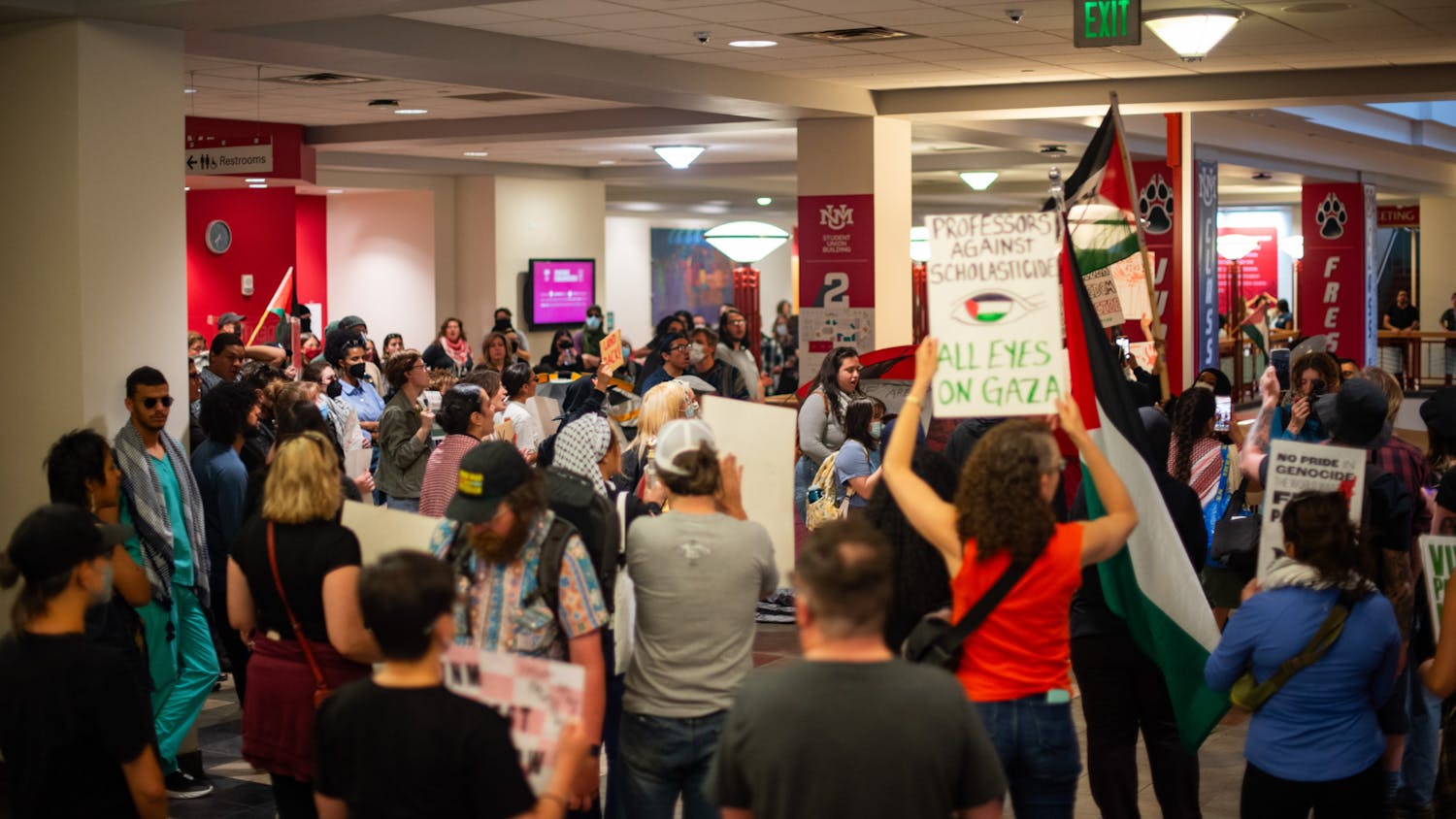news@dailylobo.com
After the sexual batteries on campus earlier this semester, UNM junior Melinda Madrid and others said they are more careful when walking on campus.
“When you live on campus, it feels like the whole campus is your house,” she said. “You assume that you can walk around and nothing is going to happen. But this is an open campus, and anyone can walk around at night and do anything, or even during the day.”
On Jan. 27, two men allegedly grabbed a female student while she was jogging at Johnson Field, held her down and groped her under her clothes. On Feb. 4, a man allegedly groped another female student over her clothes outside Castetter Hall.
The Feb. 26 Campus Safety Walk took place earlier than usual this semester in response to those incidents, and sought to give students a voice in safety measures on campus. Now that they’ve determined the problem areas, UNM staff has begun fixing the problems, such as lack of lighting in certain areas.
The walk is a semiannual tradition in which small groups of students are sent to various locations on campus to evaluate lighting and other safety concerns. About 80 to 100 UNM students, staff, and community members participated in the last walk.
“We look for common themes (in student observations), allocate money and prioritize needs,” said Rob Burford, student conduct officer and judicial affairs specialist for the dean of students.
“When something is brought up on two or three walks, we know we really need to work on this issue.”
Of 52 work orders placed with the Physical Plant Department for maintenance based on student feedback from the walk, about 10 are complete, including lighting maintenance in the Redondo Village and Coronado areas, around Johnson Field, and around the Centennial Engineering area.
Pending maintenance orders include lighting maintenance for Las Lomas Road, Sigma Chi Road, the La Posada dining hall area, and the area around the president’s house. Grandon Goertz, safety specialist with the Department of Safety and Risks, said lighting maintenance is first priority.
“Good lighting is important for two areas: for safety, so students can see who is around them in the dark, but also so they don’t fall down in the dark,” Goertz said.
LED lights will be installed around older buildings, such as Logan Hall and the Centennial Engineering area, Goertz said. Students also requested that more blue emergency lights be installed.
Get content from The Daily Lobo delivered to your inbox
Goertz is evaluating these requests.
“A blue light also sends a message, more than anything,” Goertz said. “It says ‘We’re watching out for our students.’”
While the administration focuses most of its maintenance efforts on buildings, students differ in their opinions of the areas that require the most security attention.
“The only place I don’t necessarily feel safe is on Central (Avenue),” said Rafael Martinez, an American studies graduate student. “On either side of the street, there are homeless people, people are intoxicated and under the influence. I worry for certain people’s safety.”
Demetrius Johnson, an engineering freshman, expressed similar concerns, but about the area around La Posada dining hall and the Yale Boulevard bus stop.
Sophia Arellanes, a junior psychology major who commutes, said parking lots and parking structures on campus are the areas that she feels need the most safety improvements.
“Just in general, parking lots and our parking structures always feel unsafe,” Arellanes said. “I am usually more aware of my surroundings when I’m walking through them.”
Madrid said a safer campus means more than just better lighting.
“I think it’s a good start,” Madrid said. “But security (guards) would be more of an intimidation. If someone wanted to do something, they would stop if they thought ‘Oh, there’s tons of security walking around,’ rather than ‘Oh, there’s a light here.’”
The next Campus Safety Walk is scheduled for November.





